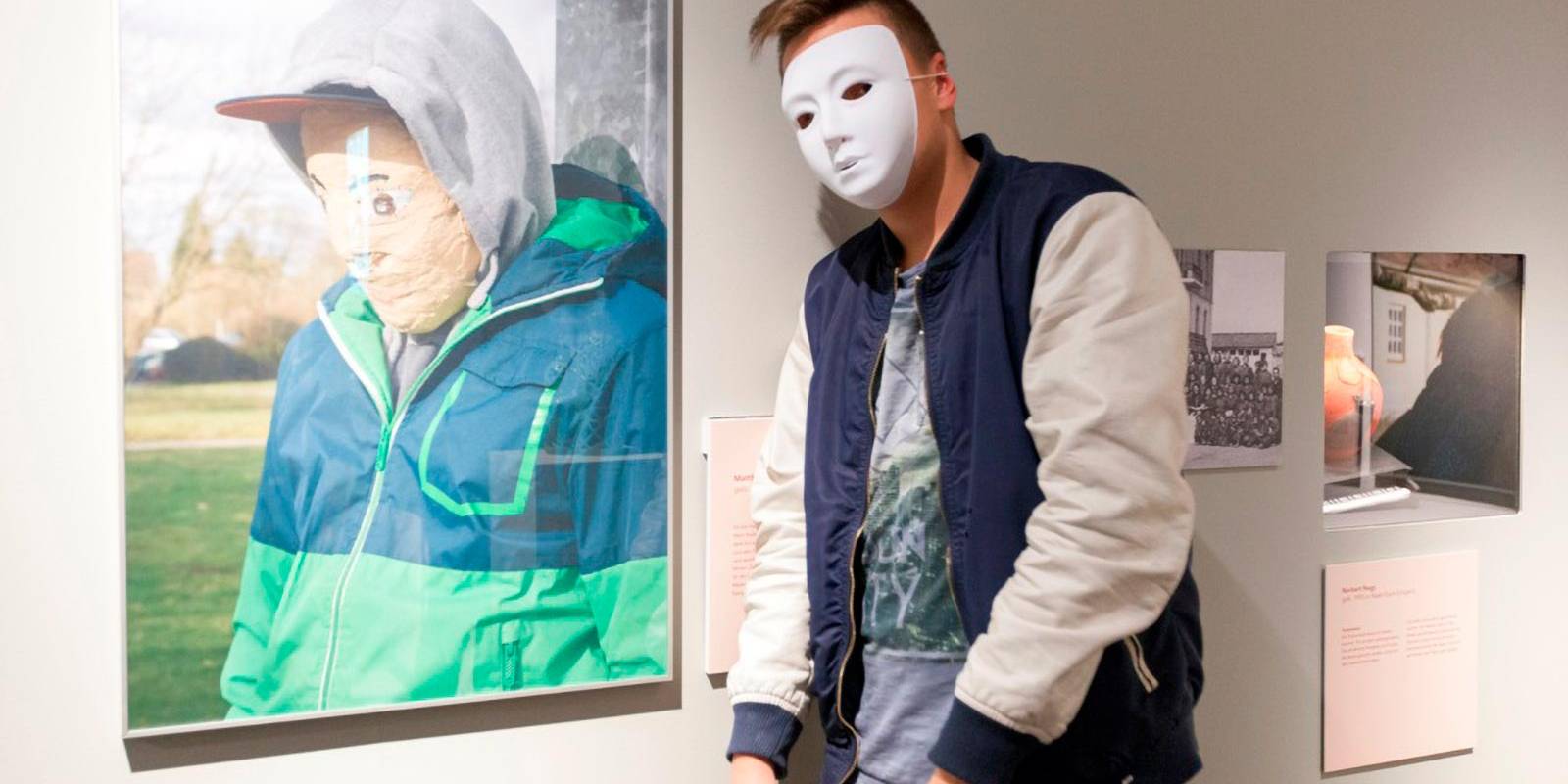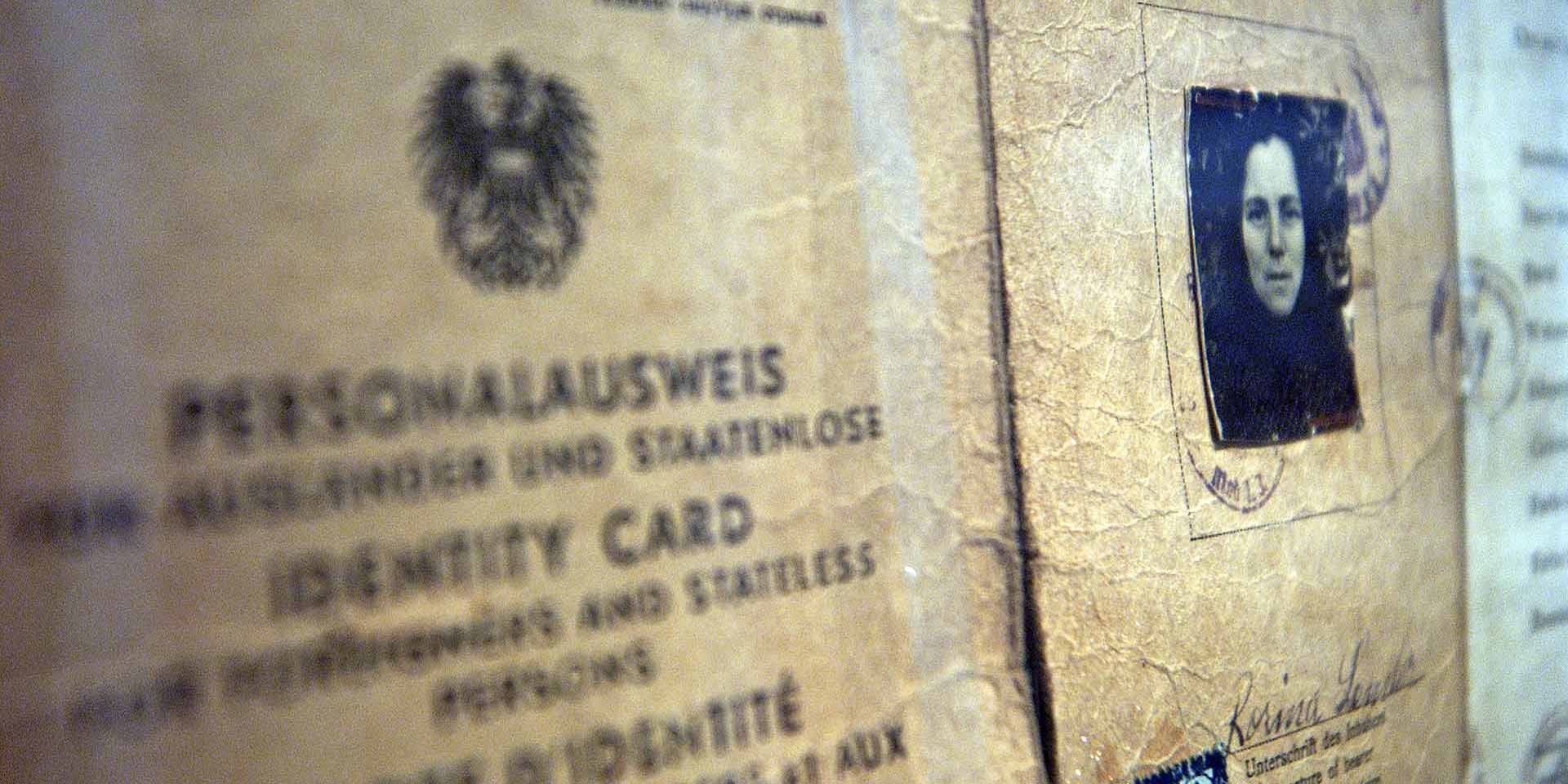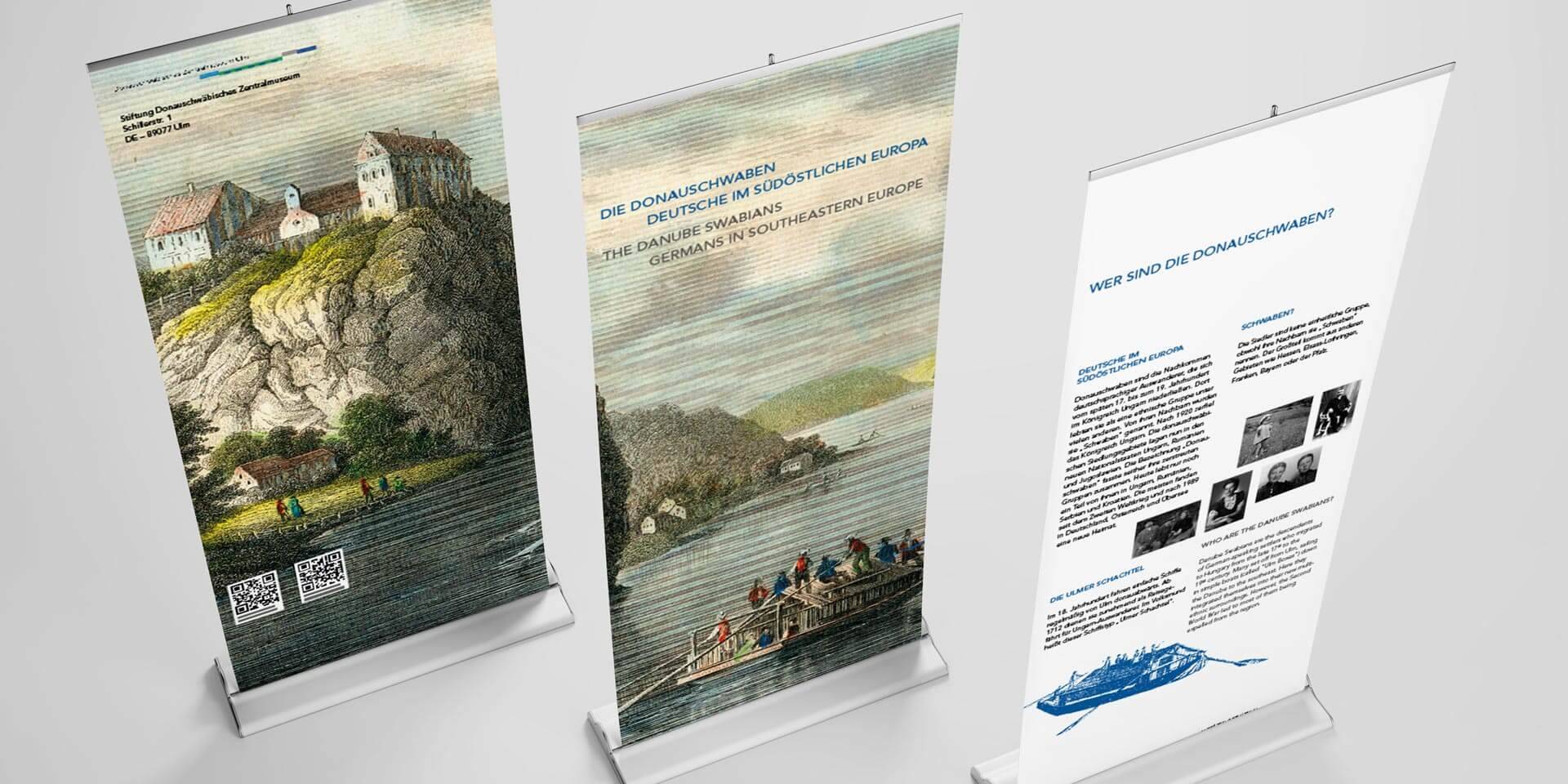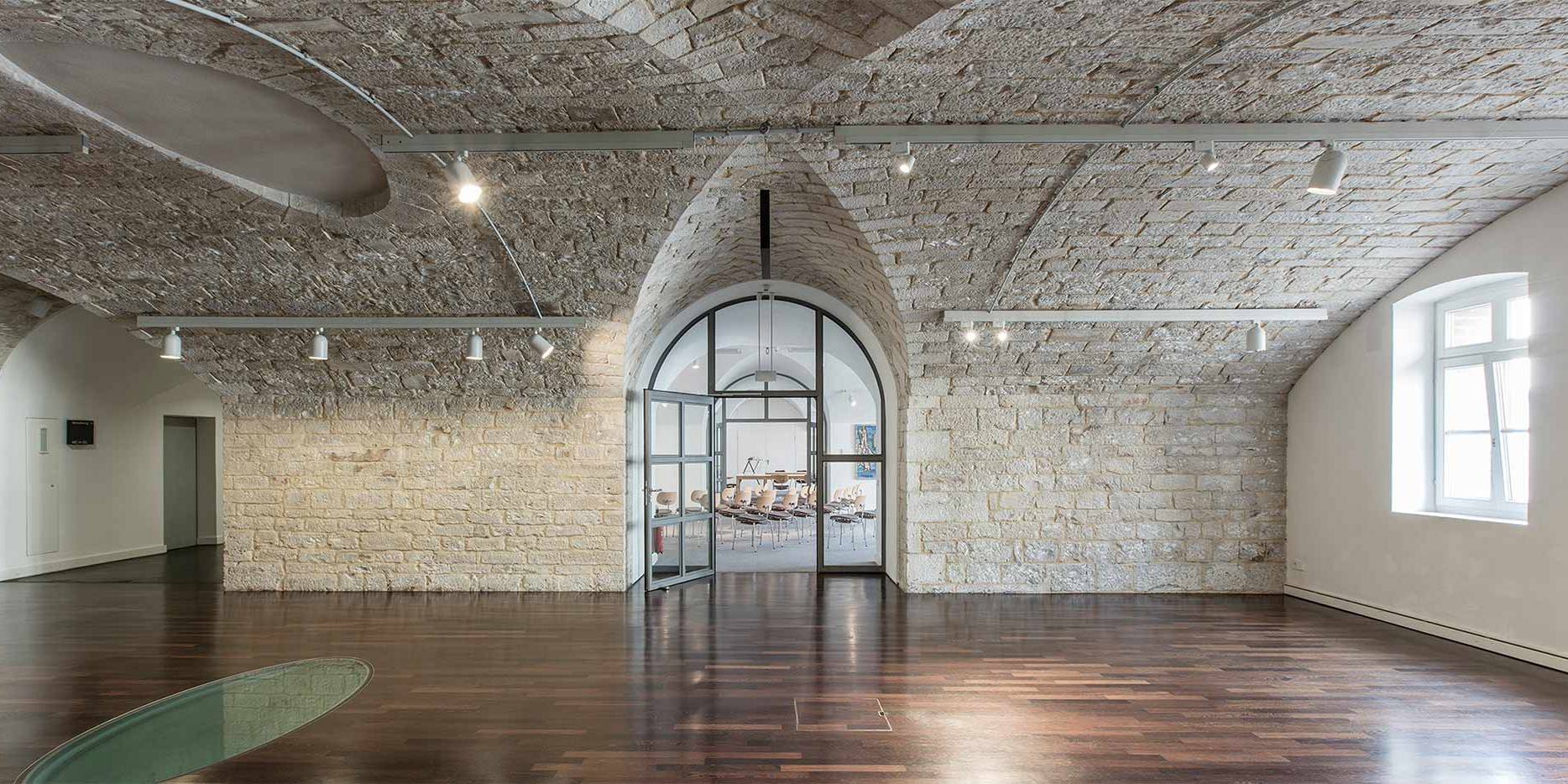The museum is located in a former barracks, the so-called Reduit of the Upper Danube Bastion. The historic building, which is only a few meters from the banks of the Danube, is almost 140 meters long. It was built as part of the Ulm federal fortress in the mid-19th century.
The largest preserved fortress in Europe
According to the ideas of the German Confederation, Ulm was to be developed into a “first-rate central fortress and a weapons field”. The fortress structure that enclosed the entire city and Neu-Ulm was directed against the enemy that was suspected to be in the west. The defensive barracks (reduit) should house soldiers and cannons to defend the city against attackers. In its 150-year history, however, not a single shot has been fired from the military building, and there has never been a case of defense in the long history of the Ulm federal fortress. Today, the Ulm Federal Fortification is the largest surviving fortress in Europe.
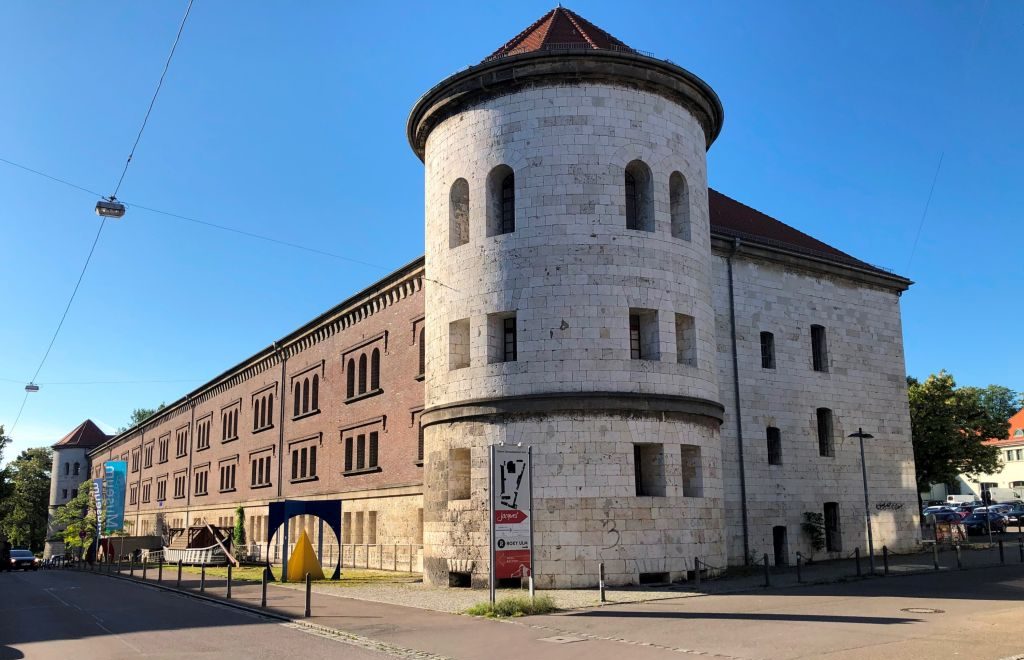
Under monument protection since 1974
The Reduit of the Upper Danube Bastion was completed in 1855 and has not changed significantly since then. The building has been a listed building since 1974. In the three-storey barracks there are only two types of room: the military casemates facing the city for the soldiers and the gun casemates facing out of town with loopholes for the cannons. Each floor has a usable area of almost 2,000 square meters. The building was owned by the federal government until the end of the 1980s, but had no longer had any military significance for decades. In the period after the Second World War, it served, among other things, as accommodation for refugees and displaced persons. The rooms were later rented to companies and associations.
Museum since 2000
The city of Ulm acquired the reduit from the federal government for the construction of the museum and renovated the building from 1995 to 2000. The entire technical infrastructure was renewed. By installing the staircase and elevator, the vaults had to be destroyed in one axis. Beyond that, however, no changes were made to the historical building fabric. The renovation costs were borne in equal parts by the city, the state and the federal government. The museum uses the space on the ground floor and first floor.
A museum building tells history
The explanatory film tells the story of the reduit of the upper Danube bastion, part of the federal fortress in Ulm, which today houses the Danube Swabian Central Museum.



